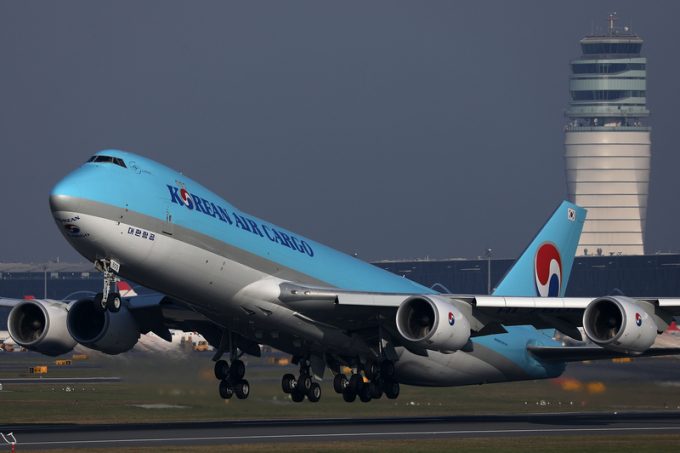Air cargo forwarders stick to spot rates – a long-term contract would be 'foolish'
Air cargo forwarders are sticking to using spot market rates, because “anything can come out ...

Korean Air has bucked the global trend and made a profit in the second quarter, off the back of a 95% increase in cargo sales.
The carrier’s April to June operating profit was KRW148.5bn ($125m), with net profit of KRW162.4bn, against a net loss a year ...
Keep our news independent, by supporting The Loadstar
Four crew members still missing as Wan Hai 503 continues to burn
Explosions and 'out-of-control' fire reported on Wan Hai box ship
Carrier price hikes hold, driving spot rates higher as space gets scarcer
Crew forced to abandon ship in latest fire on vessel carrying EVs
The Loadstar Podcast | Transport Logistic and Air Cargo Europe 2025
Transpacific rates ease as capacity boost proves too much for trades to digest
Turkish Airlines falls foul of air safety regulations, claims India's aviation authority

Comment on this article